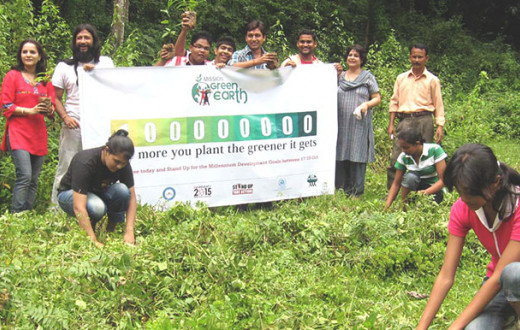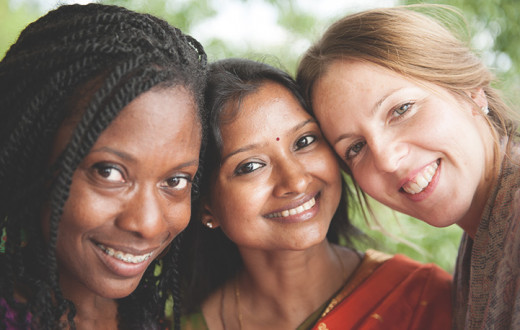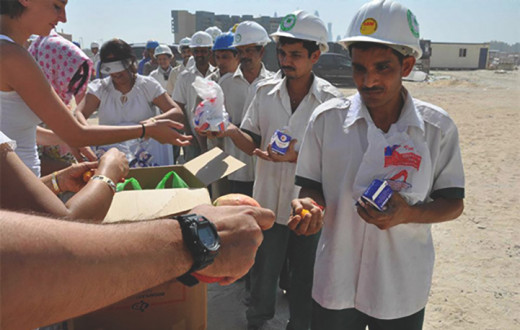Introduction
School education is the first environment outside the home where a child learns to interact with others. Therefore, it is very important for the school environment to be as comfortable and friendly as possible.
The impact of education on communities which previously did not have access to education has been transformational. Our programmes have enabled parents to recognise the benefits of education and given them new hope for their children’s future. Our programmes are also creating a sense of harmony among diverse cultural and ethnic groups.
We measure education not only through academic performance but also through the overall success and satisfaction of the individual. Our holistic approach aims to develop children to excel in all aspects of life – socially, psychologically and materially. The methodology promotes cognitive, physical, emotional, social and spiritual growth, thus leading to an education that is complete.
First - Generation Learners
More than 28% of the Indian population is under 15 years of age. It is estimated that at least 60 million children have no access to early childhood education. Ensuring such large numbers receive education is a real challenge, made more complex with 68 percent of India's population considered rural and 8 percent classified as tribal.
With this harsh reality, we have set up and continue setting up more schools in under-developed areas spread across India. Each school is committed to providing value-based, quality education to all children, most of whom are first-generation students.
The Art of Living also addresses the socio-economic and cultural barriers that keep children away from school. Through medical camps, parent education workshops and hygiene awareness campaigns, families are encouraged to send their children to school.
Under its Care for Child or Gift a Smile programme, the Art of Living runs 425 schools in the tribal and rural belts of India, where child labour and poverty are widespread. Nearly 43,572 children from economically challenged areas benefit annually.
Stress-Free Schools
Students are encouraged to broaden their vision and deepen their roots by appreciating their own cultural heritage as well as that of other nations. They are provided with modern tools as well as the moral and spiritual strength needed to face the challenges of modern day living.
By combining formal education with life skills and nurturing human values (such as friendliness, compassion, caring and sharing), teachers create a holistic environment conducive to learning.
When the focus is not just academic, but all-round development of the child, children learn how to handle their emotions and are also able to develop lateral skills required to cope with different challenges in life.
Developing Communities
Giving children an education and a solid foundation for a successful future not only for the entire family, but also translates into the development of communities over time.
The villagers find solace in simply-constructed structures that serve as schools. Learning in open spaces, in the fields, under the trees, these schools have help to bring communities together and allowed them to dream of a life they would want for their children. This unity enables continual development and expansion of communities thus helping to bring them closer to achieve better life and to create a self-sustaining tribal community.
The continual development and expansion brings communities closer towards achieving a better life and creating a self-sustaining tribal community.
Additionally we also develop communities around schools. We do this by providing:
- Vocational Training for the parents of these children
- Free medical camps for the community
- Tree planting and reforestation
- Organic farming to improve crop yield







